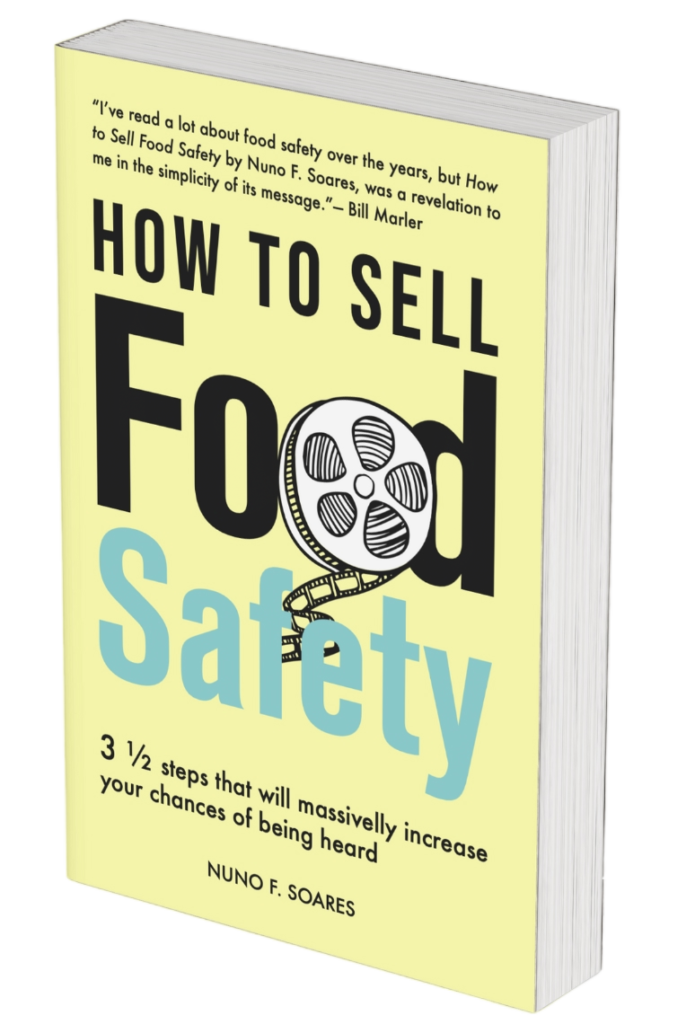
Sadly, these are real life examples where the CEO was not made fully aware of what certification can or cannot do. Certification is not a bullet proof vest or a guarantee. A third-party audit is only one performance measure, when so many other performance measures are needed for monitoring the robustness of your FSMS.










